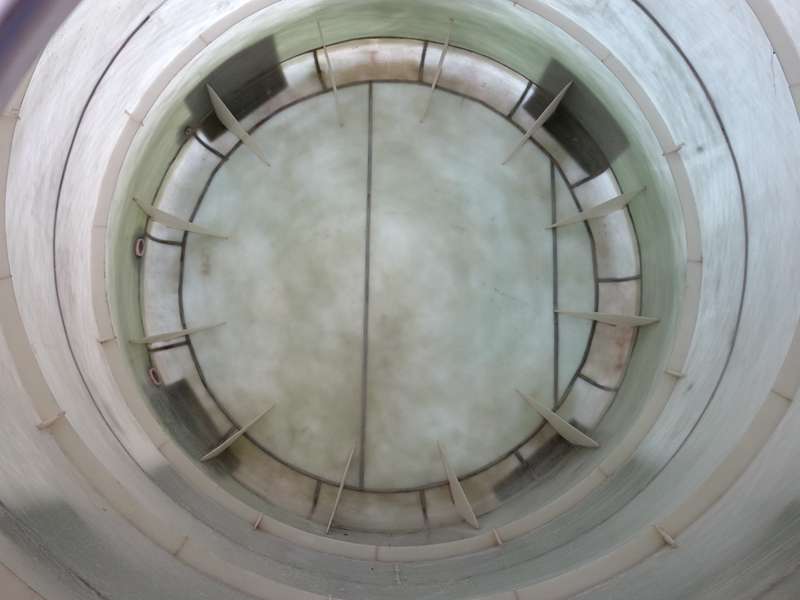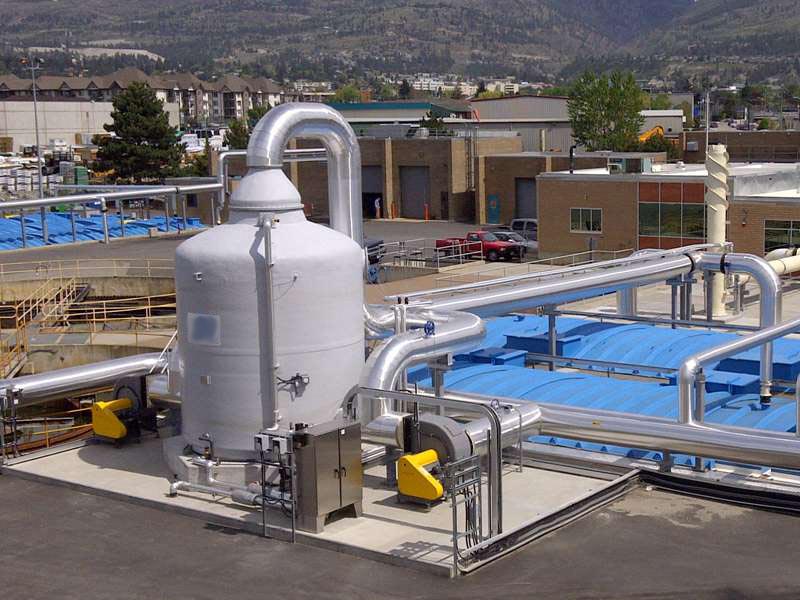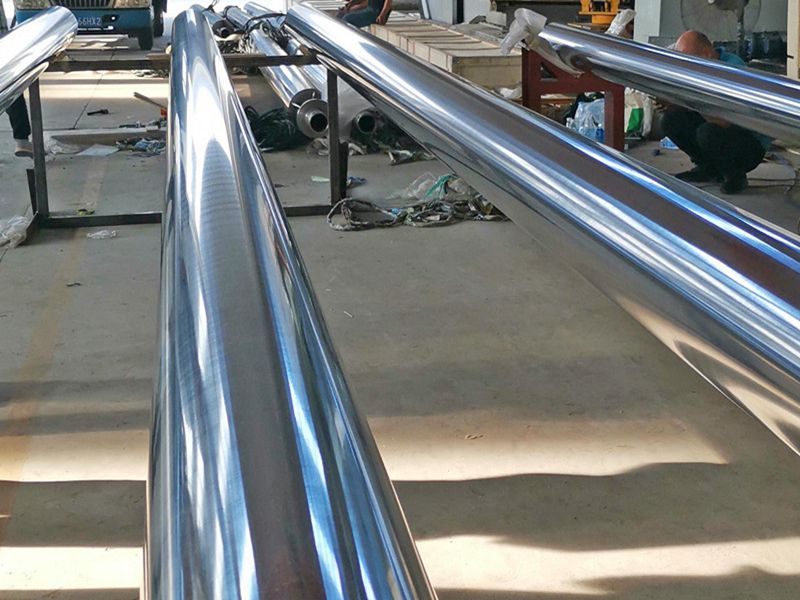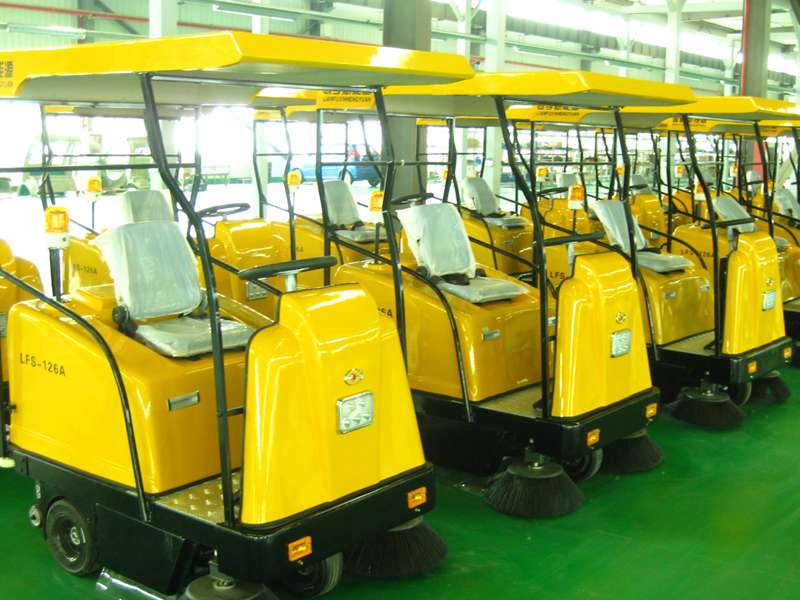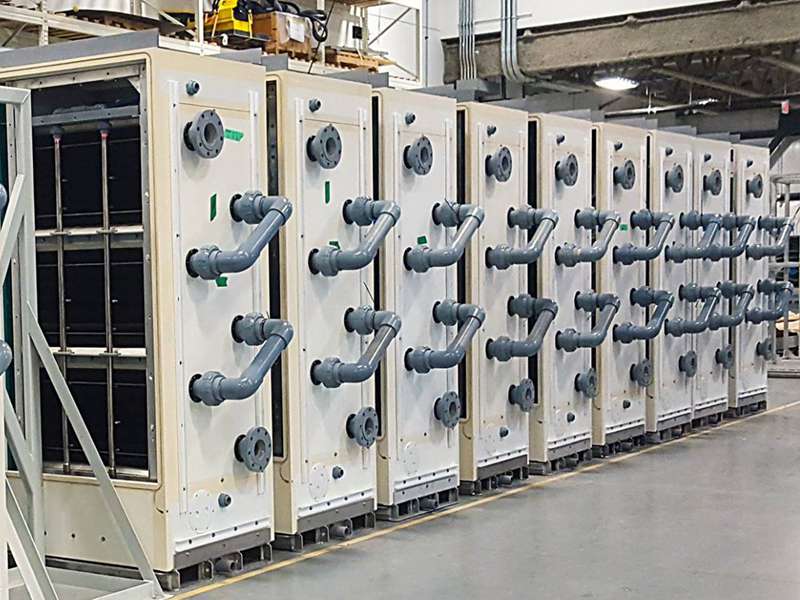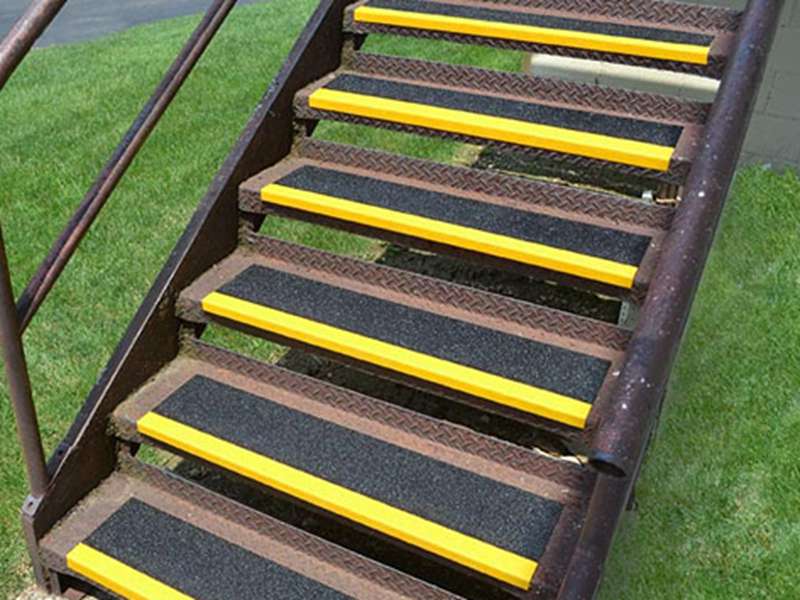
-
 Afrikaans
Afrikaans -
 Albanian
Albanian -
 Amharic
Amharic -
 Arabic
Arabic -
 Armenian
Armenian -
 Azerbaijani
Azerbaijani -
 Basque
Basque -
 Belarusian
Belarusian -
 Bengali
Bengali -
 Bosnian
Bosnian -
 Bulgarian
Bulgarian -
 Catalan
Catalan -
 Cebuano
Cebuano -
 China
China -
 China (Taiwan)
China (Taiwan) -
 Corsican
Corsican -
 Croatian
Croatian -
 Czech
Czech -
 Danish
Danish -
 Dutch
Dutch -
 English
English -
 Esperanto
Esperanto -
 Estonian
Estonian -
 Finnish
Finnish -
 French
French -
 Frisian
Frisian -
 Galician
Galician -
 Georgian
Georgian -
 German
German -
 Greek
Greek -
 Gujarati
Gujarati -
 Haitian Creole
Haitian Creole -
 hausa
hausa -
 hawaiian
hawaiian -
 Hebrew
Hebrew -
 Hindi
Hindi -
 Miao
Miao -
 Hungarian
Hungarian -
 Icelandic
Icelandic -
 igbo
igbo -
 Indonesian
Indonesian -
 irish
irish -
 Italian
Italian -
 Japanese
Japanese -
 Javanese
Javanese -
 Kannada
Kannada -
 kazakh
kazakh -
 Khmer
Khmer -
 Rwandese
Rwandese -
 Korean
Korean -
 Kurdish
Kurdish -
 Kyrgyz
Kyrgyz -
 Lao
Lao -
 Latin
Latin -
 Latvian
Latvian -
 Lithuanian
Lithuanian -
 Luxembourgish
Luxembourgish -
 Macedonian
Macedonian -
 Malgashi
Malgashi -
 Malay
Malay -
 Malayalam
Malayalam -
 Maltese
Maltese -
 Maori
Maori -
 Marathi
Marathi -
 Mongolian
Mongolian -
 Myanmar
Myanmar -
 Nepali
Nepali -
 Norwegian
Norwegian -
 Norwegian
Norwegian -
 Occitan
Occitan -
 Pashto
Pashto -
 Persian
Persian -
 Polish
Polish -
 Portuguese
Portuguese -
 Punjabi
Punjabi -
 Romanian
Romanian -
 Russian
Russian -
 Samoan
Samoan -
 Scottish Gaelic
Scottish Gaelic -
 Serbian
Serbian -
 Sesotho
Sesotho -
 Shona
Shona -
 Sindhi
Sindhi -
 Sinhala
Sinhala -
 Slovak
Slovak -
 Slovenian
Slovenian -
 Somali
Somali -
 Spanish
Spanish -
 Sundanese
Sundanese -
 Swahili
Swahili -
 Swedish
Swedish -
 Tagalog
Tagalog -
 Tajik
Tajik -
 Tamil
Tamil -
 Tatar
Tatar -
 Telugu
Telugu -
 Thai
Thai -
 Turkish
Turkish -
 Turkmen
Turkmen -
 Ukrainian
Ukrainian -
 Urdu
Urdu -
 Uighur
Uighur -
 Uzbek
Uzbek -
 Vietnamese
Vietnamese -
 Welsh
Welsh -
 Bantu
Bantu -
 Yiddish
Yiddish -
 Yoruba
Yoruba -
 Zulu
Zulu
High-Strength Molded Fiberglass Grating Durable Molded Grating Solutions
- Introduction to molded fiberglass
and its significance - Technological advantages of molded fiberglass grating
- Comparative analysis: Molded fiberglass manufacturers
- Customization options in molded grating solutions
- Industry applications and real-world case studies
- Maintenance, durability, and lifecycle costs
- Conclusion: The future of molded fiberglass
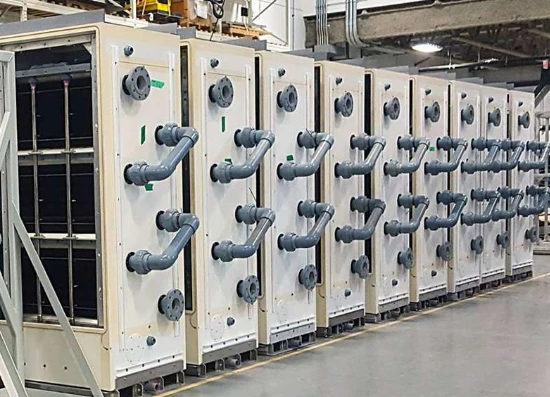
(molded fiberglass)
Introduction to Molded Fiberglass and Its Significance
Molded fiberglass, a composite material renowned for its adaptability and superior performance, has redefined both industrial and architectural landscapes. Developed by reinforcing fiberglass with resilient resins, this material provides a lightweight yet robust solution, addressing issues where traditional materials such as metal and wood fall short. Global consumption of molded fiberglass was recorded at over 2.4 million metric tons in 2023, with projections expecting a steady upward trend reaching 3.1 million metric tons by 2028. The immense popularity of molded fiberglass grating in industries like wastewater treatment, chemical processing, and marine engineering stems from its corrosion resistance, remarkable strength-to-weight ratio, and versatility in design. As environmental regulations drive demand for safer, corrosion-free alternatives, molded grating stands out for both performance and sustainability.
Technological Advantages of Advanced Molded Grating
The technical superiority of molded fiberglass grating manifests in several core attributes. Firstly, its isophthalic or vinylester resin matrices offer remarkable chemical resistance, safeguarding infrastructures exposed to acids, alkalis, and solvents. Unlike conventional steel grates, molded grating does not rust, which results in diminished maintenance frequency and costs. Research conducted in 2022 indicates that installations using molded fiberglass experienced a 68% decrease in incident-related repairs compared to equivalent steel structures. Additionally, the slip-resistant surfaces can be customized with various top layers such as grit or concave finishes, directly enhancing workplace safety.
The modularity of the grating further facilitates rapid site installation, with average labor costs declining by up to 35% in new builds. Another notable advantage involves its high flexural strength and low electrical conductivity, making molded fiberglass an optimal solution in electrical substations, battery rooms, and other safety-sensitive environments. The combination of these attributes positions molded fiberglass as a premier material in modern construction and industrial contexts.
Comparative Analysis: Molded Fiberglass Manufacturers
The growing demand for molded fiberglass gratings has led to the emergence of various manufacturers globally. The following table highlights a comparative snapshot of key vendors based on technical features, capacity, lead time, and global reach:
| Manufacturer | Annual Capacity (sq.ft) | Main Resin Type | Standard Lead Time | Certifications | Distribution Regions |
|---|---|---|---|---|---|
| Strongwell | 1,200,000 | Vinylester, Polyester | 3-5 weeks | ISO 9001:2015, DNV, ABS | North America, Europe, Asia |
| Fibergrate | 950,000 | Isophthalic | 2-4 weeks | ISO 9001:2015 | Global |
| National Grating | 850,000 | Vinylester, Isophthalic | 2-6 weeks | ASTM E84, ISO 9001 | USA, Canada |
| Bedford Reinforced Plastics | 700,000 | Polyester, Vinylester | 3-5 weeks | ISO 9001:2015, CSTB | USA, EU |
| Fibergrid | 600,000 | Isophthalic | 4-7 weeks | ISO 9001, ASTM F3059 | EU, Middle East |
When selecting a supplier, factors like production lead time, compliance with international standards, and availability of resin variants should drive the decision-making process. Additionally, the extent of the manufacturer's technical support and customization capabilities can critically impact project outcomes.
Customization Options in Molded Grating Solutions
One of the distinguishing features of molded fiberglass grating is the depth of customization available for diverse applications. Manufacturers frequently provide bespoke solutions ranging from panel thickness (commonly 25 to 50mm) to mesh configurations, varying bar widths, and tailored resin chemistries to address unique environmental needs. For environments exposed to aggressive chemicals, vinylester resins are recommended, while standard isophthalic resins suffice for less extreme conditions.
Additionally, color coding is often applied for visual management, with yellow used to signal high-risk zones and green for safe walkways. Embedded grit or concave surfaces can be specified for areas requiring enhanced slip resistance, while electromagnetic-transparent grating can be produced for radar or telecom installations. Many producers offer cut-to-size panels and pre-fabricated modules, ensuring minimal on-site adjustments and faster completion times. With load ratings exceeding 3,000 psi and optional fire-retardant formulations, the versatility of molded grating meets the most stringent project demands.
Industry Applications and Real-World Case Studies
Molded fiberglass grating has achieved substantial market penetration across a spectrum of sectors. In wastewater treatment plants, the material's resistance to hydrogen sulfide and chlorine-based chemicals ensures operational longevity, with documented replacement cycles extending beyond 35 years. Chemical processing industries favor molded fiberglass for secondary containment structures, walkways, and platforms, mitigating risks of both corrosion and slips.
In the marine segment, molded grating is applied to ship decks, ports, and offshore platforms where saltwater corrosion rapidly degrades metals. For example, the Port of Rotterdam retrofitted 12,000 square meters of deck area in 2021 using vinylester-based molded grating, reporting a 73% reduction in slip-related incidents and nearly eliminating maintenance shutdowns.
Similarly, data from a chemical plant in Houston revealed cost savings of $260,000 over five years by transitioning from steel to fiberglass platforms, driven primarily by the material’s extended lifespan and reduced upkeep. These examples underscore the adaptability and economic impact of incorporating molded fiberglass into mission-critical infrastructure.
Maintenance, Durability, and Lifecycle Costs
The long-term value proposition of molded fiberglass lies in its superior durability and negligible maintenance demands. Traditional steel grating typically requires bi-annual inspections and frequent repainting or replacement due to corrosion. In contrast, molded fiberglass grating maintains structural integrity over decades, with most manufacturers offering warranties ranging from 20 to 30 years. Lifecycle cost analyses highlight that, although molded fiberglass incurs higher upfront investment—typically 10-20% above galvanized steel—the total ownership cost is lowered thanks to reduced repair and labor expenditures. Environmental resilience is further augmented by UV inhibitors embedded in the matrix, which protect against degradation from sunlight and harsh climates.
For facility managers, these characteristics translate into extended intervals between overhauls and predictable operating budgets. Cleaning is typically limited to periodic water spraying or mild detergent washing, facilitating compliance with both hygiene and safety requirements.
Conclusion: Molded Fiberglass Grating in the Evolving Materials Landscape
Molded fiberglass grating is increasingly recognized as an industry standard for its combined advantages of corrosion resistance, lightweight construction, and design flexibility. As the built environment evolves and industries adopt higher standards for worker safety and operational efficiency, molded fiberglass remains a pivotal solution for forward-thinking projects. Ongoing advances in resin technologies and manufacturing processes promise even greater performance, ensuring that molded fiberglass continues to outperform conventional materials in demanding environments. Choosing the right molded grating supplier and specifying custom features unlocks both immediate safety gains and long-term financial benefits for any infrastructure project.
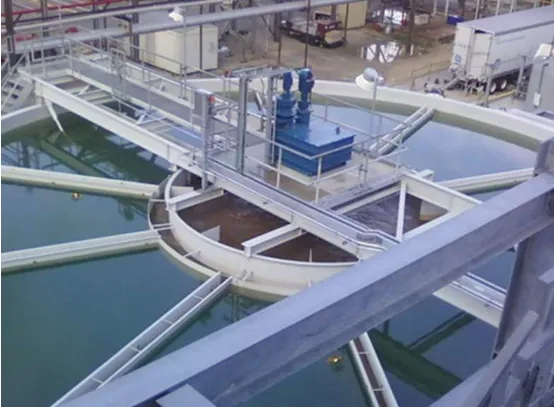
(molded fiberglass)
FAQS on molded fiberglass
Q: What is molded fiberglass?
A: Molded fiberglass is a composite material made by combining fiberglass strands with resin in a mold to form rigid panels or shapes. It offers high strength and resistance to corrosion. This material is commonly used in industrial and structural applications.Q: What are the advantages of molded fiberglass grating?
A: Molded fiberglass grating provides excellent corrosion resistance and a high strength-to-weight ratio. It is non-conductive and slip-resistant, making it ideal for safety in hazardous environments. Additionally, it requires minimal maintenance.Q: How does molded grating differ from other types of grating?
A: Molded grating is produced by laying fiberglass strands in a mold and saturating them with resin, creating a one-piece panel. This makes it more resilient to impact and chemical exposure than metal grating. It is lighter and easier to install as well.Q: Where is molded fiberglass typically used?
A: Molded fiberglass is commonly used in walkways, platforms, chemical plants, and wastewater treatment facilities. Its durability makes it suitable for corrosive and wet environments. It is also used in architectural and marine applications.Q: How do you maintain molded fiberglass grating?
A: Molded fiberglass grating requires simple cleaning with water and mild detergent. Regular inspections for surface damage or wear are recommended. Due to its inherent corrosion resistance, it needs less maintenance compared to traditional metal grating.Latest news
-
High-Quality Fiberglass Hood & FRP Hood Manufacturer Custom Fiberglass Tanks AvailableNewsJul.05,2025
-
High-Strength Molded Fiberglass Grating Durable Molded Grating SolutionsNewsJul.05,2025
-
High-Quality FRP Tee Manufacturer Durable FRP Drum & Panel SolutionsNewsJul.05,2025
-
High-Performance FRP Scrubber – Advanced Fiberglass Scrubber for Effective Cleaning & Stain RemovalNewsJul.04,2025
-
Fiberglass 90 Degree Elbow for Custom Tanks & High Pressure Pipes Durable and Corrosion ResistantNewsJun.24,2025
-
Exploring the Benefits of Top Hammer Drifter Rods for Enhanced Drilling PerformanceNewsJun.10,2025


